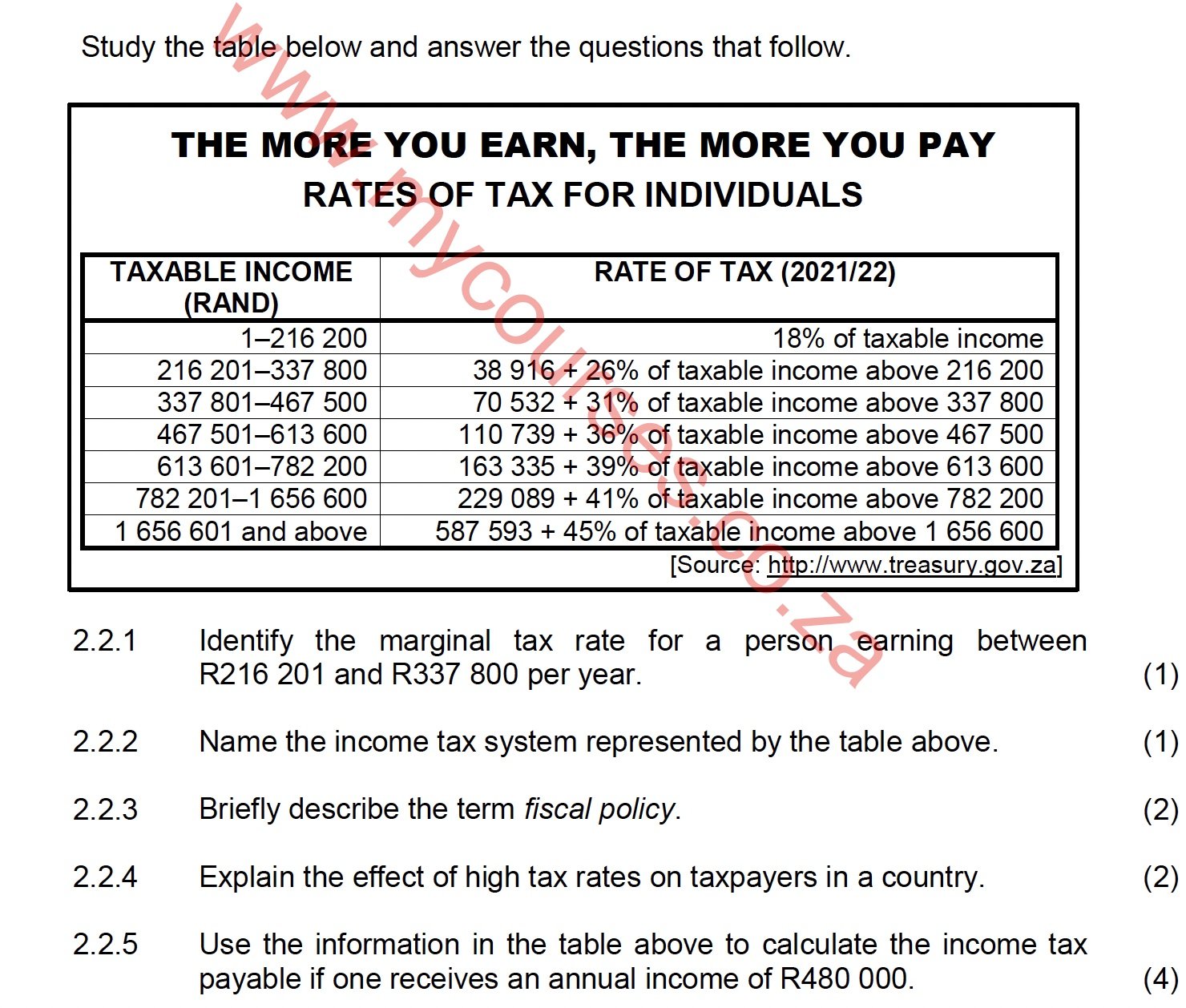Exclusion and Access to Opportunities in Different Economic Sectors: Economic exclusion refers to the limited access or lack of opportunities for certain individuals or groups within the economy. This exclusion can manifest in various forms, such as discrimination, wage disparities, and limited access to resources, leading to unequal participation in different economic sectors. This article explores the factors that contribute to economic exclusion and offers strategies to promote equal access to opportunities across all sectors of the economy.
Exclusion and Access to Opportunities in Different Economic Sectors
The modern economy is generally divided into four main sectors: primary, secondary, tertiary, and quaternary. Each sector contributes differently to economic growth and employment opportunities. However, these sectors also experience varying levels of exclusion and unequal access to opportunities.
The challenges and disparities in each sector, shedding light on the inequalities that exist across the economic spectrum:
- Primary Sector: The primary sector involves the extraction and production of natural resources, such as agriculture, mining, forestry, and fishing. This sector often provides a large number of low-skilled, labor-intensive jobs. However, it is also characterized by income inequality, poor working conditions, and limited access to education and training opportunities. These factors can lead to social exclusion and hinder upward mobility for workers in the primary sector.
- Secondary Sector: The secondary sector encompasses industries that process and manufacture raw materials from the primary sector, such as construction, automobile production, and textiles. While this sector provides a wide range of job opportunities, it also faces several challenges. Globalization and automation have led to job displacement and wage stagnation for many workers. Additionally, access to skilled jobs may be limited for those without specialized training or education, resulting in a skills gap and further exclusion.
- Tertiary Sector: The tertiary sector, also known as the service sector, includes industries that provide services to consumers and businesses, such as retail, hospitality, healthcare, and finance. This sector has experienced significant growth in recent years and offers a diverse range of employment opportunities. However, it also faces issues of wage inequality, job insecurity, and limited access to opportunities for career advancement, particularly for low-skilled workers. These factors can contribute to social and economic exclusion for individuals employed in the tertiary sector.
- Quaternary Sector: The quaternary sector consists of knowledge-based industries, such as research and development, information technology, and education. This sector is marked by high-skilled, high-paying jobs that often require specialized education and training. While the quaternary sector offers lucrative opportunities for those with the appropriate qualifications, it also presents barriers to entry for individuals from disadvantaged backgrounds who may lack access to quality education and training. As a result, the quaternary sector can contribute to the widening of social and economic disparities.
Factors Contributing to Economic Exclusion:
- Discrimination: Discrimination based on factors such as race, gender, age, disability, and sexual orientation can hinder access to job opportunities, education, and resources, resulting in economic exclusion for marginalized groups.
- Geographic Location: Individuals living in rural or remote areas may face limited access to job opportunities, education, and resources compared to those living in urban areas.
- Socioeconomic Status: People from lower socioeconomic backgrounds may face additional barriers to accessing quality education, training, and job opportunities.
- Education and Skill Levels: Insufficient access to education and skill development can limit individuals’ ability to participate in higher-paying sectors of the economy.
Addressing Exclusion in Key Economic Sectors:
- Agriculture: To promote inclusion in the agricultural sector, policies should focus on improving access to land, credit, and resources for small-scale farmers and marginalized groups. Education and training programs can also help improve farming practices and productivity.
- Manufacturing: Encourage diversity and inclusion in the manufacturing sector through equal opportunity hiring practices, employee training programs, and workplace policies that promote fair treatment and compensation.
- Services: Enhance access to education, skill development, and networking opportunities for individuals from disadvantaged backgrounds to facilitate their entry into various service industries, such as healthcare, education, and finance.
Strategies for Promoting Equal Access to Opportunities:
- Strengthen Anti-Discrimination Policies: Implement and enforce laws that prohibit discrimination in hiring, promotion, and compensation to ensure equal opportunities for all individuals in the economy.
- Invest in Education and Training: Improve access to quality education, vocational training, and skill development programs, particularly for marginalized communities, to enable them to participate in different economic sectors.
- Promote Financial Inclusion: Facilitate access to credit, banking services, and financial resources for underserved populations to help them invest in education, training, and entrepreneurial activities.
- Develop Targeted Programs: Implement targeted initiatives that address the specific needs of disadvantaged groups, such as women, ethnic minorities, and people with disabilities, to ensure their inclusion in various economic sectors.
Exclusion and unequal access to opportunities are prevalent across all economic sectors, resulting in varying degrees of inequality. Addressing these challenges requires comprehensive policy interventions that promote inclusive growth and equal access to resources, education, and training. By understanding the unique challenges faced by each sector, policymakers can develop targeted strategies to reduce inequality and foster social and economic inclusion across the entire economy.





